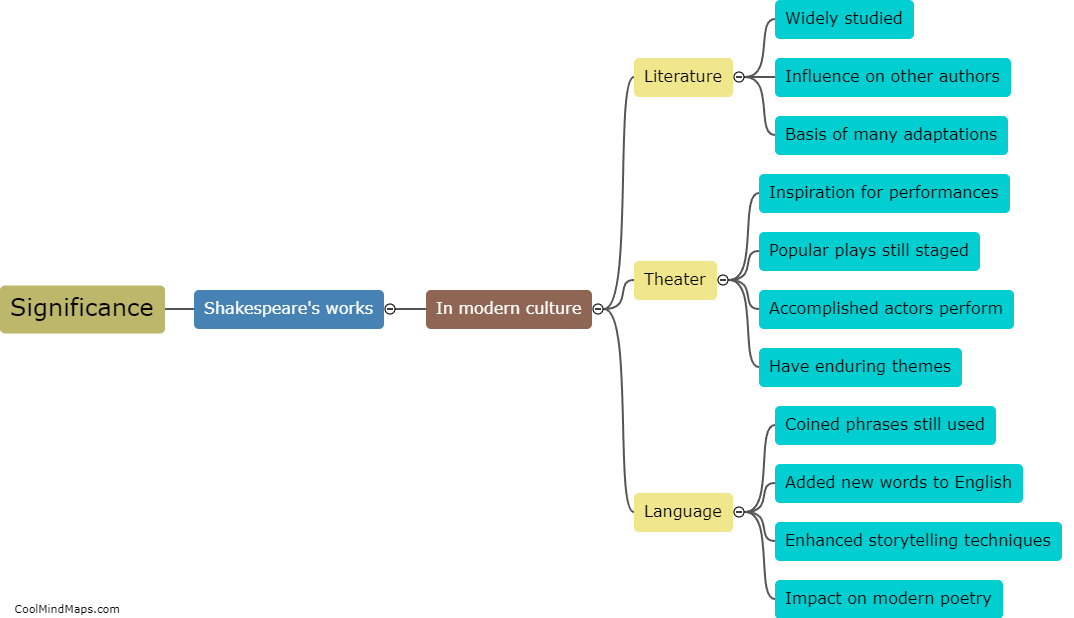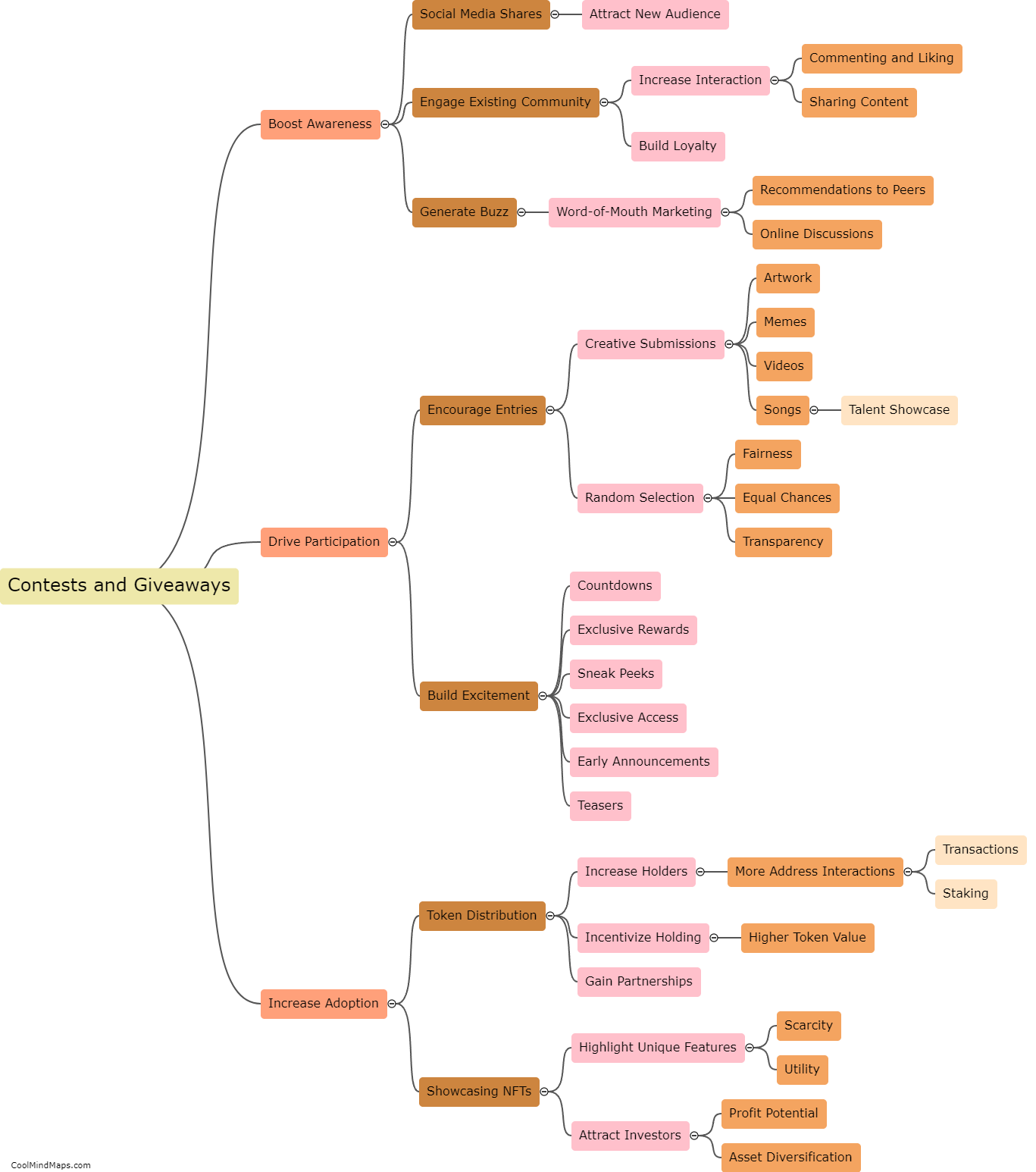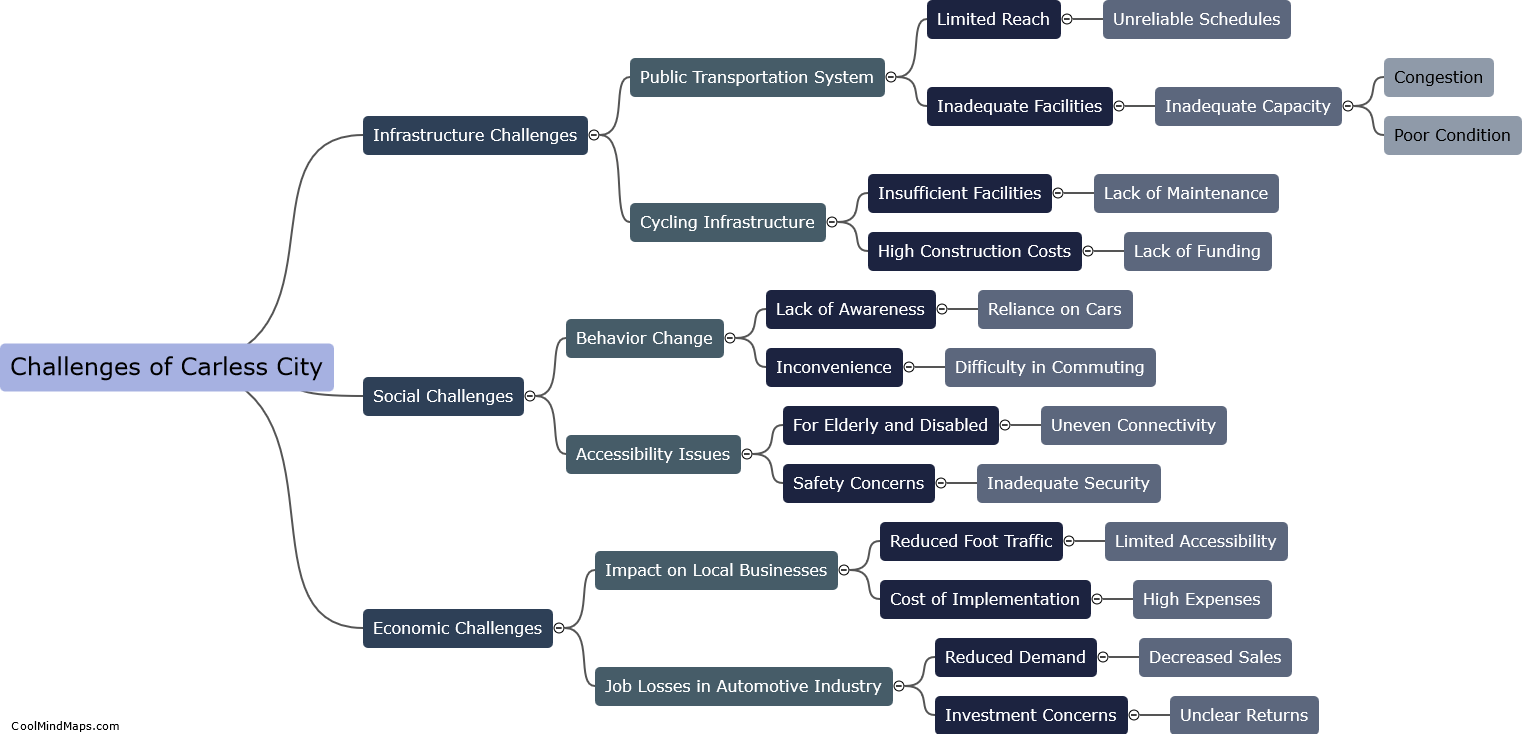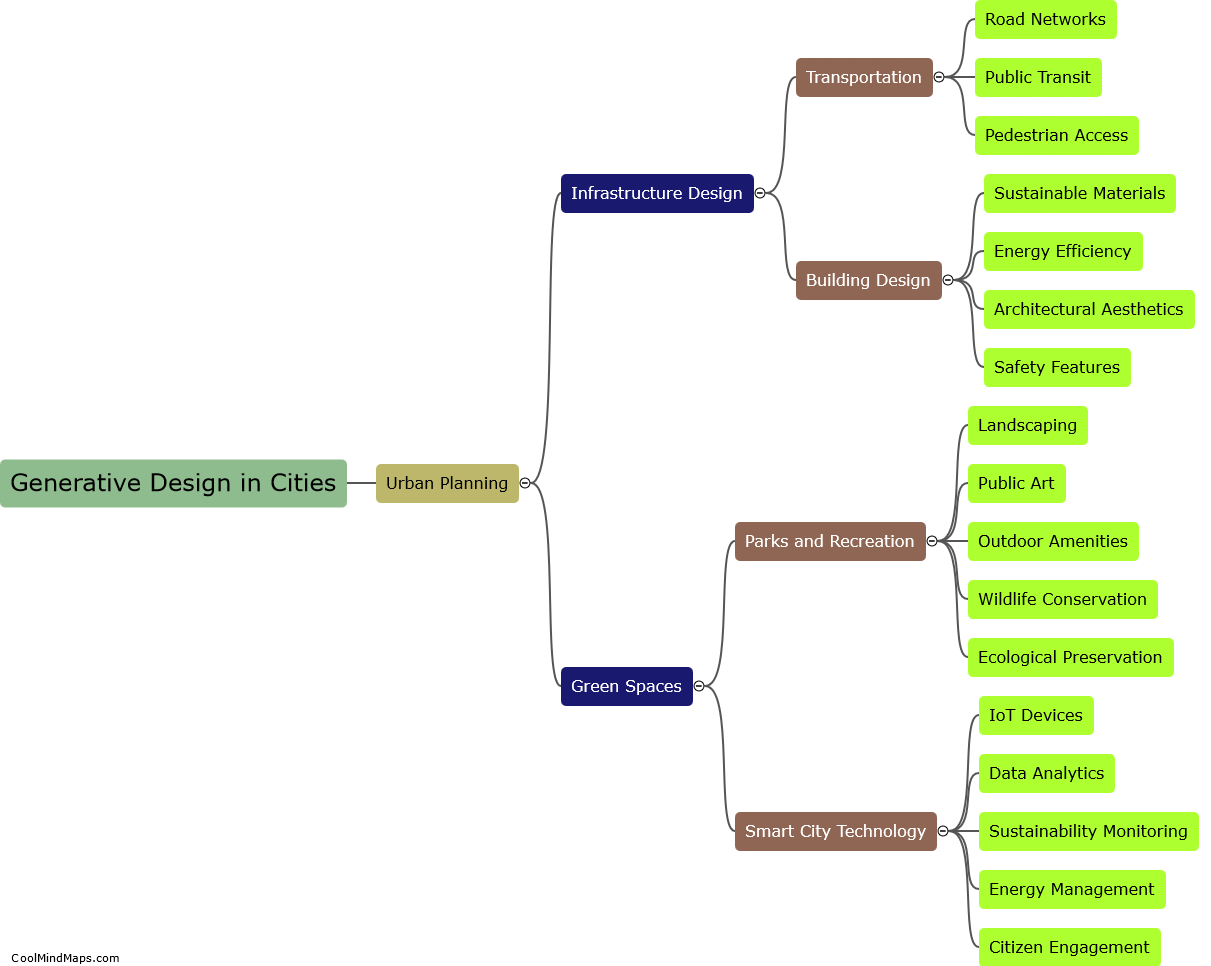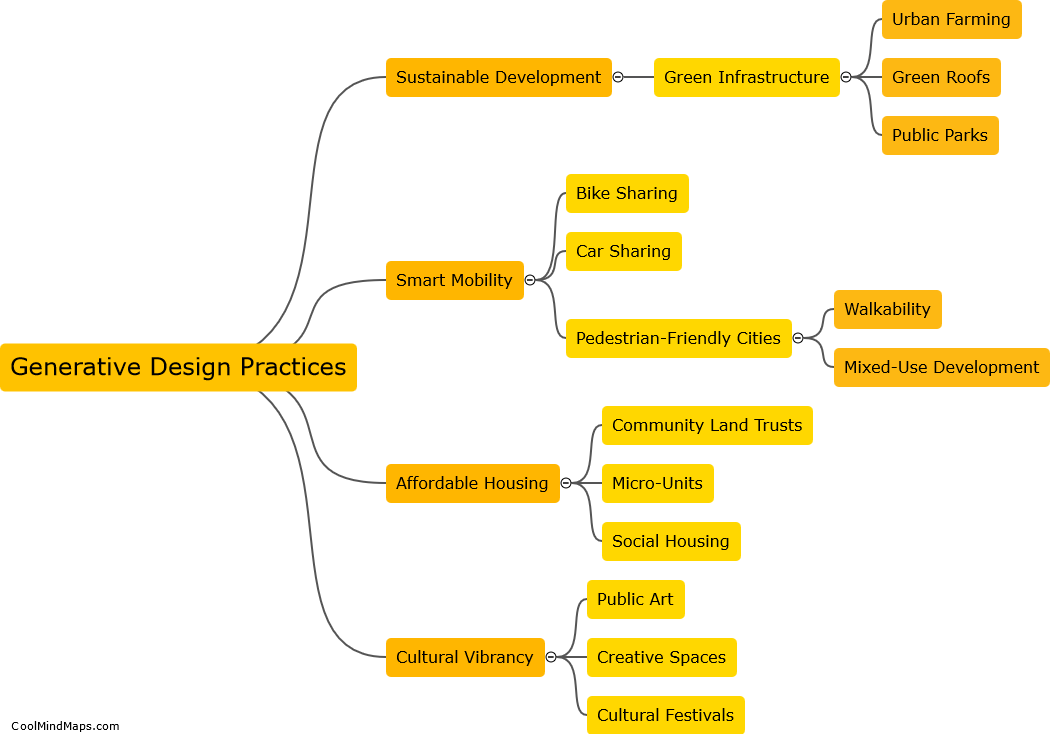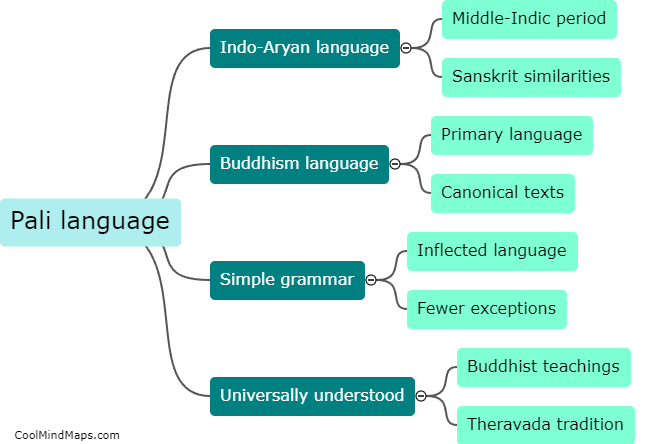What are the challenges of implementing generative design in cities?
The challenges of implementing generative design in cities can be numerous. Firstly, the complex nature of urban systems requires a high level of technical expertise and interdisciplinary collaboration, which can be difficult to achieve. Secondly, integrating the concept of generative design into existing urban planning and governance structures requires a willingness to experiment and take risks, which can be daunting for many traditional urban planners and decision-makers. Other challenges include the need for adequate resources and funding, the availability of data and technology, and the potential for unintended consequences or inequitable outcomes. Ultimately, the success of implementing generative design in cities depends on the ability to navigate these challenges and create a collaborative, iterative process that involves multiple stakeholders and adapts to changing needs and contexts.
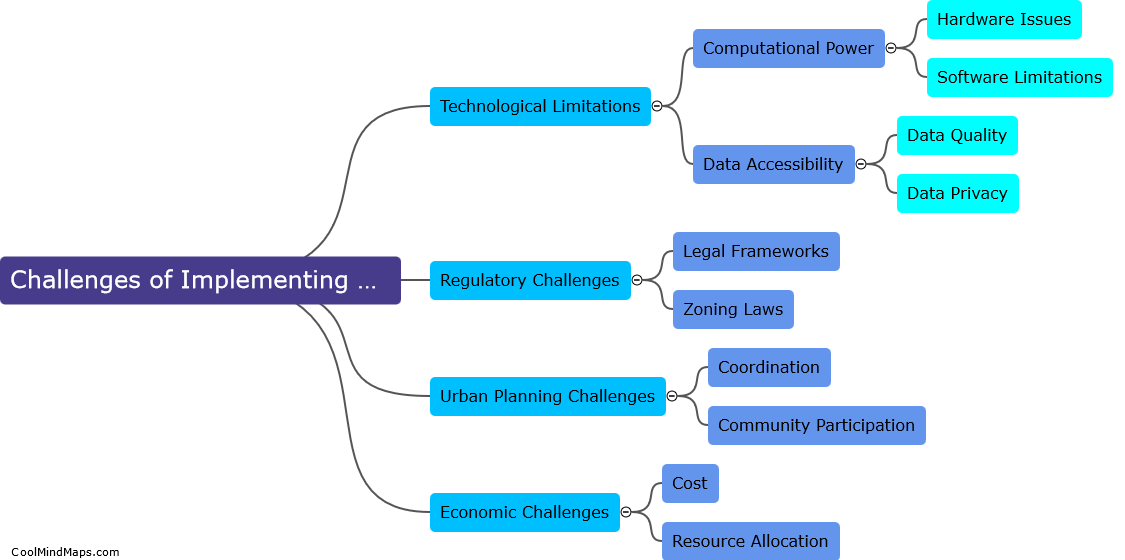
This mind map was published on 14 June 2023 and has been viewed 97 times.

